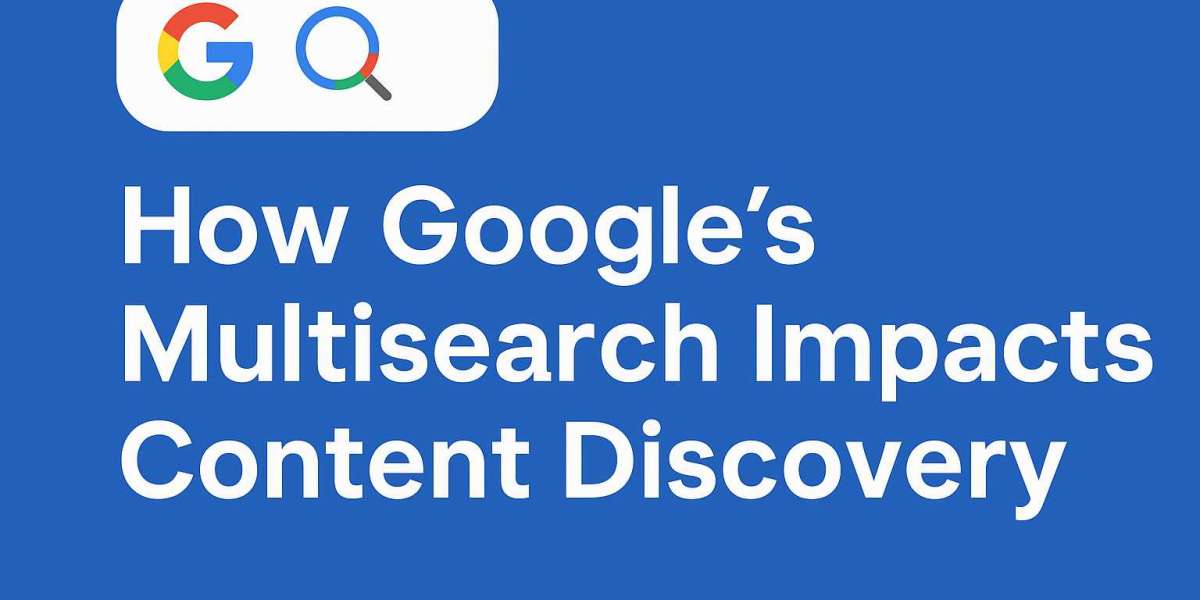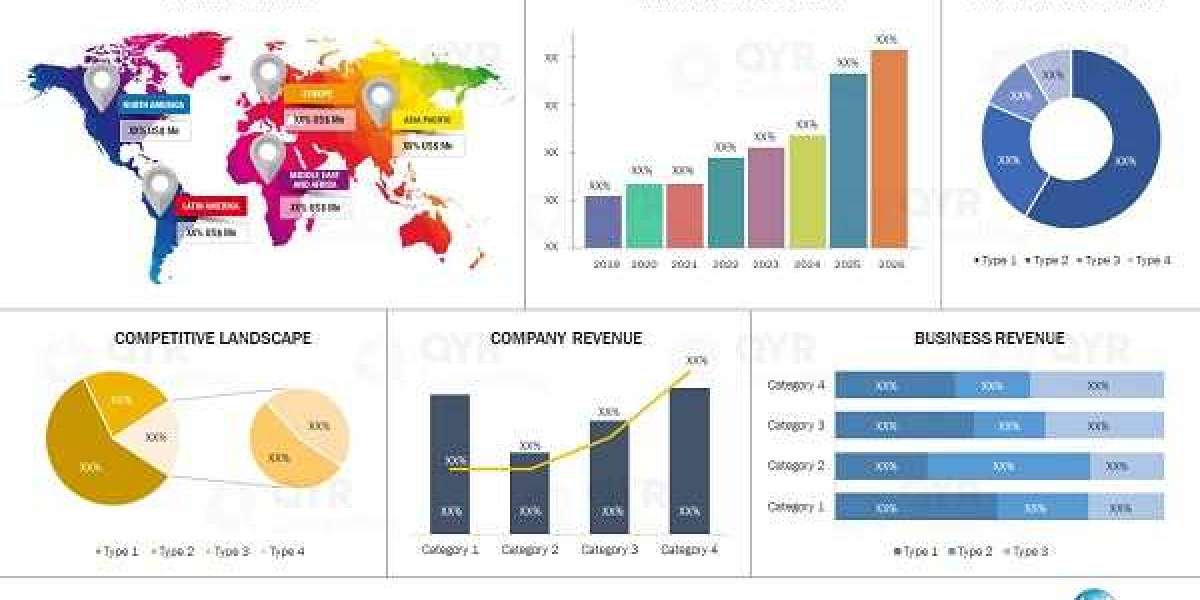1. Introduction
With the world going digital at lightning speed, Google is always reinventing itself and changing the dynamics of how we search for things. From basic text-based searches to AI-driven voice searches, the technology giant never ceases to amaze. The most recent quantum leap in search technology is Google's Multisearch, a groundbreaking feature that marries visual and textual input into one potent search query.
Learning how Google's Multisearch functions and how it changes user behavior is crucial for anyone wishing to remain significant in the digital world.
2. What is Google's Multisearch?
Google's Multisearch is a Google Lens feature that enables users to search with images and text together. Rather than asking a question or uploading a photo as a separate action, users can now do both simultaneously. This multimodal feature allows you to snap a photo of a product and ask a particular question about it—like "Where can I get this in red?"—all in one search.
Use Cases of Google's Multisearch
Shopping: Take a photo of a product and narrow the search with text (e.g., "blue version" or "under $50").
Translation: Translate signs in foreign languages and include context (e.g., "menu items with no dairy").
Content Identification: Upload a photo of a landmark or plant and request more information.
This effortless combination of image and text brings searches more intuitive and context-sensitive than ever.
3. The History of Search and Its Influence on SEO
The landscape of search has changed dramatically. What used to depend solely on keywords is now a sophisticated system driven by artificial intelligence, machine learning, and natural language processing.
From Keywords to Context
In the past, search engine optimization (SEO) was about putting in the correct keywords. Now, search engines can grasp intent, context, and semantics, returning more personalized and accurate results.
AI and Multimodal Search
As multimodal search such as Multisearch has increased, so has the role of AI. Google algorithms now assess not only text but also visual material, so marketers need to adapt to creating and optimizing online content differently.
This has opened up the horizons of SEO to mean no longer stuffing content with keywords but a complete content strategy that incorporates quality images, schema markup, and relevance in context.
4. How Multisearch Alters Content Discovery
Google's Multisearch is not just a gimmick—it's a revolution in the way users find content. It enables users to find specific answers by combining media types, so creators need to support a variety of input types.
The Change in User Behavior
Users increasingly search visually first, particularly on mobile.
Search queries are becoming more contextual and specific.
There's an increasing desire for fast, accurate, and relevant content.
Visual Contextual Relevance Matters
For businesses, this means:
Optimizing not only your written content, but also your images, videos, and infographics.
Ensuring your content responds to user intent, not merely keywords.
5. Optimizing Content for Multisearch
In order to remain at the leading edge, content creators must adopt optimization tactics that cater to Multisearch functionality.
Best Practices for Multisearch Optimization
Strategically place text and visuals together on web pages.
Utilize descriptive alt text and file names on images.
Use structured metadata to enhance visuals.
Prioritize high-quality, authentic media content.
Mobile-First and Voice-Friendly Design
Since most Multisearch experiences take place on mobile, ensure:
Quick-loading, mobile-friendly pages.
Voice-search friendly headlines and natural language responses.
6. Using Tools and Tech to Get Ahead
In order to make your content accessible, leveraging cutting-edge tools for accessibility and content optimization is critical.
Making Searchability Smart with Intelligent Tools
For example, documents and scans contain valuable data. With software such as ocr to word, you can translate scanned PDFs into Word documents that you can edit, not only reading the content but also making the content searchable for search engines.
Tools like this enhance user experience as well as search engine results, particularly for dealing with archival content or websites heavy in documents.
7. Multisearch Challenges and Issues
Multisearch has massive potential, yet it's not without issues.
Key Issues:
Privacy and data management: Multimodal inputs create questions about the use and storage of user data.
Complexity of ranking: Multisearch introduces a new complication for SEO—how do you rank for image as well as text?
Legacy website problems: Older sites that are purely based on text will need a major overhaul in order to stay competitive.
8. The Future of Content Discovery
Looking forward, Multisearch is just the start. The future of search will be completely immersive, with technologies such as:
Augmented Reality (AR): Real-time visual overlays.
Personalized Search Experiences: AI-driven comprehension of user actions.
Conversational Interfaces: Seamlessly blending visuals, text, and voice.
To remain competitive, producers need to keep pace with changing Google algorithms and employ agile content strategy that welcomes multimedia.
9. Conclusion
Google's Multisearch is a critical juncture in the content discovery journey. By combining text and images under one search, it elevates user experience and rewrites the book on SEO best practices.
As businesses, marketers, and content creators, it is crucial to adapt content for multimodal search, utilize tools such as ocr to word to enhance accessibility, and keep themselves abreast with the newest technologies in search innovations.
The future of content discovery is through innovation, flexibility, and a user-centric solution. Adopt these changes today so that your content will continue to be viewed, interacted with, and shared throughout the digital landscape.











